Manufacture without constraints using automation and switching
Time Multiplexing Model: How NEMs Can Develop a Modified Manufacturing Process for CAPEX Savings, Optimum Efficiency, and Survivability in the New ICT Marketplace?
The rapid growth in network traffic and the ongoing booming demand for bandwidth has changed the ICT (information and communications technology) marketplace into one with both exciting opportunities for profitability, as well as serious production challenges, as demand for network equipment continues to grow at an unrelenting pace.
To meet growing product demand, NEMs (Network Equipment Manufacturers) and OEMs (Original Equipment Manufacturers) face monumental challenges that require ramping up production quickly and efficiently and swiftly delivering quality products into the hands of data center and enterprise network customers. As a result, the production floor is under pressure, having to achieve shorter time-to-market while controlling costs.
Undoubtedly, our faster-paced ICT marketplace requires a new mindset and forward thinking approach to the older linear and sequential manufacturing process that is still practiced by many manufacturers. With time multiplexing, test equipment sharing, and utilizing Ethernet automation and web-based UI (user interface) technologies, NEMs and OEMs can achieve significant CAPEX savings and ultimately open doors to heights of new efficiencies in space savings, time to revenue, customer response and product turnaround.
Breaking Down the Sequential and Linear Manufacturing Process with MEMs Optical Matrix Switch
As shown in images 1 to 3, many NEMs and OEMs still deploy the sequential and linear manufacturing process used for many years where product development and testing proceed from one manufacturing station to the next until the product is completed. Testing occurs at almost every station and redundant instruments are often used for a limited amount of time. Scaling and product ramp up to meet greater productivity results in purchasing more test equipment, hiring more technicians, and multiplying cost and space. This legacy approach is too inflexible, space consuming, expensive, and inefficient to meet the productivity and volume demands of the new ICT marketplace.
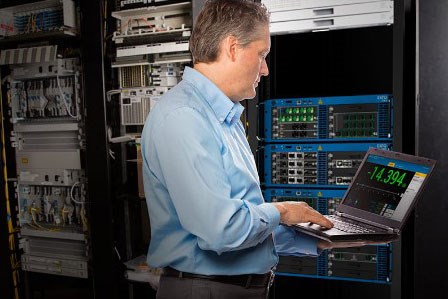
Image 1: Typical sequential and linear manufacturing stations where testing equipment is often used for a fraction of the time per station.
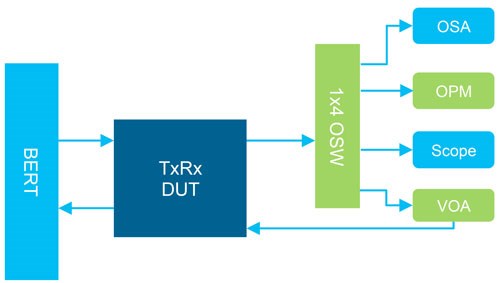
Image 2: Typical sequential and linear transceiver testing station providing spectral shape, output power, mask test and Rx sensitivity.
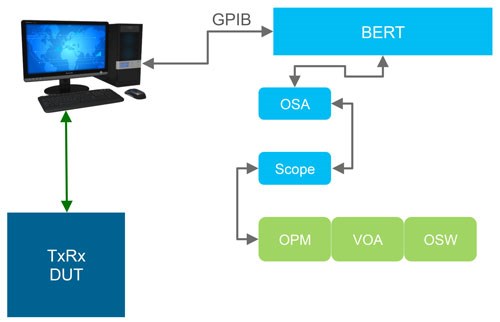
Image 3: Same linear structure for communication, using antiquated GPIB or RS-232 for automation that should ultimately be replaced with Ethernet/LAN or USB.
Before proceeding to the instrument sharing and flexible time multiplexing model, it is important that the manufacturer has a deep knowledge of its manufacturing and production processes including:
- The duration of each testing sequence
- Whether there is manual work required before testing and if so, how long does it take?
- Determination whether tests can be fully automated once DUT (device under test) is connected, such as pass/fail decisions
As images 4 and 5 illustrate, the ineffective sequential and linear manufacturing process can be broken and replaced by a more flexible, faster, cost effective, and streamlined process, culminating in a model requiring a MEMs based matrix switch for test instrument access and sharing among many users/product lines in multiple locations.
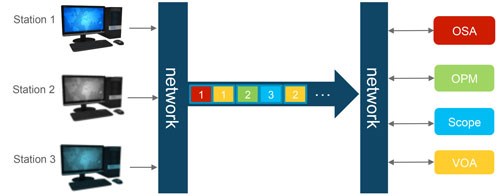
Image 4: Breaking the linear model in preparation for time multiplexing and instrument sharing.
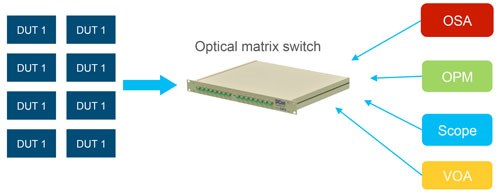
Image 5: To enable the time multiplexing model, a MEMs optical matrix switch is required to allow multiple users from multiple locations to access any testing instruments via patch panels. The cost of the switch is negligible in relation to the CAPEX savings realized from instrument sharing.
The primary benefits of instrument sharing include reduced CAPEX, simplifying ramp-up, and easy re-configuration. For the deployment of the time multiplexing and test instrument sharing model, there are 3 tips to ensure success:
- Start small; perhaps one product line at a time
- Target high-cost instruments first to realize CAPEX savings
- Employ the latest automation capabilities
The Power of Ethernet Automation: Leading to the Ultimate Web-Based Solution Model
The next steps in the progression to the most advanced time matrix manufacturing solution for remote access, control, and flexibility include:
- Replacing outdated GPIB and RS-232 automation that is limited with preferably Ethernet technologies that are free and distance neutral
- Replacing slow and old SCPI scripting interface with REST (representational state transfer) that uses the same Http: protocol as the web to call up API with easy commands to control your test instruments quickly with platform independence
Images 6 to 8 illustrate the power of Ethernet and the ultimate remote web-based solution model that allows technicians’ control of test instruments and manufacturing stations anywhere in the world, including offshore, with access via smart phones, tablets, and PCs for troubleshooting and fulfilling the manufacturing production process responsibilities in the fastest and most efficient way possible.
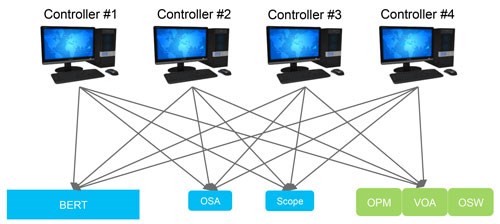
Image 6: Typical non-linear automation, access and control configuration using highly efficient Ethernet interconnection.
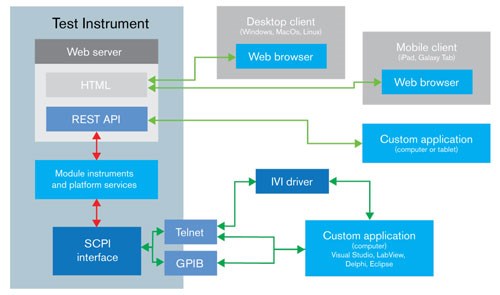
Image 7: Illustration of the new test instrument architecture, integrating easy to use available web server technologies.
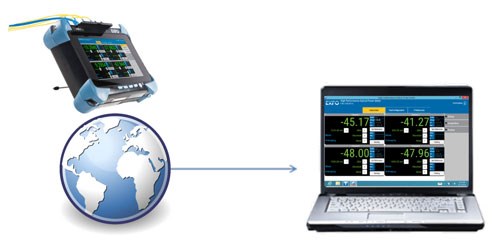
Image 8: Depicts the web-based UI advantage of global automation and control, including offshore, for remote troubleshooting and any production station work that needs done.
This synopsis was intended to provide you with a simplified overview of new manufacturing process models to assist you in meeting cost effectively the fastest time to market and customer delivery in the rapidly changing ICT marketplace. For more in-depth information and necessary details in setting up a time multiplexing, instrument sharing, web-based production manufacturing process, please view François Robitaille’s webcast, Manufacture without constraints: Automation and switching that went live on 5-3-2017. Also, please visit www.exfo.com to learn more about our MEMs Matrix Optical Switch solution. At EXFO, we’re ready to assist you.




